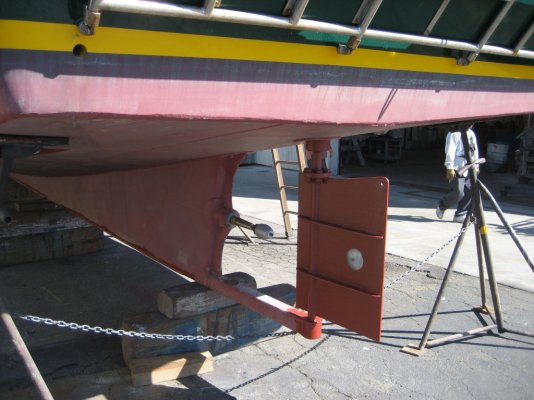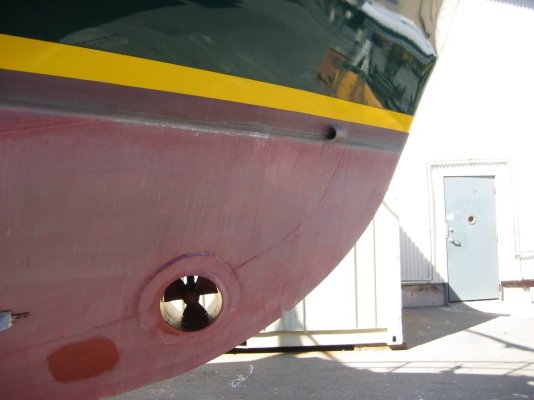*What do your marina mates think of*those (non-believers)*who dock bow-in?* With boats stern-to-stern, are there frequent and loud conversations between boats?**Are all/most the vessels*twin-engined motorboats with few or no sailboats?*markpierce wrote:rwidman wrote:
Nearly everyone at my marina backs into their slips. All the wet slip holders do. Once in a while a dry stack customer will take a slip for a weekend and a few of them pull in.
It's a pretty social place so there's a lot of getting on and off the boats, entertaining, etc. We couldn't do that bow in.
Most of us don't know the people who dock bow in and they are only in the water for a day or two.* They come to the marina, get in the boat and go.* Come back, get out of the boat and leave.* Dockhands will put the boat back in the drystack racks.
No frequent loud conversations between boats.* Actually, most of us put tables and chairs behind our boats when we are at the marina and we walk up and down the dock socializing and sharing food and drink.* A couple days ago, I was working on my boat and a friend from the other dock came over and invited me over for steamed oysters.
The marina's permit prohibits sailboats so there are no sailboats.* The vessels are single and twin engined motorboats.
BTW:* When the dockhands put a drystack boat in a slip for a customer, they dock it stern in.* Every time.
*



